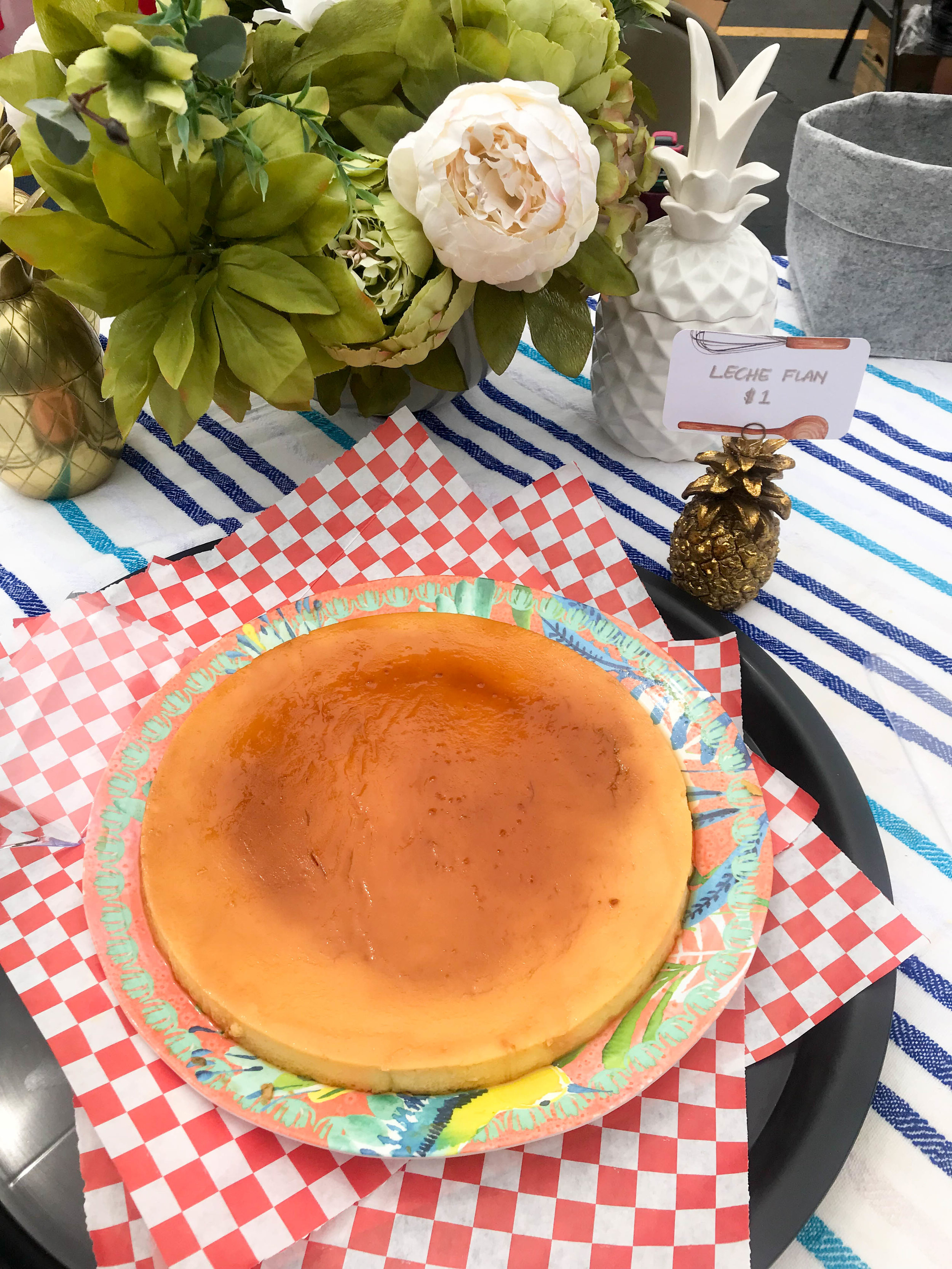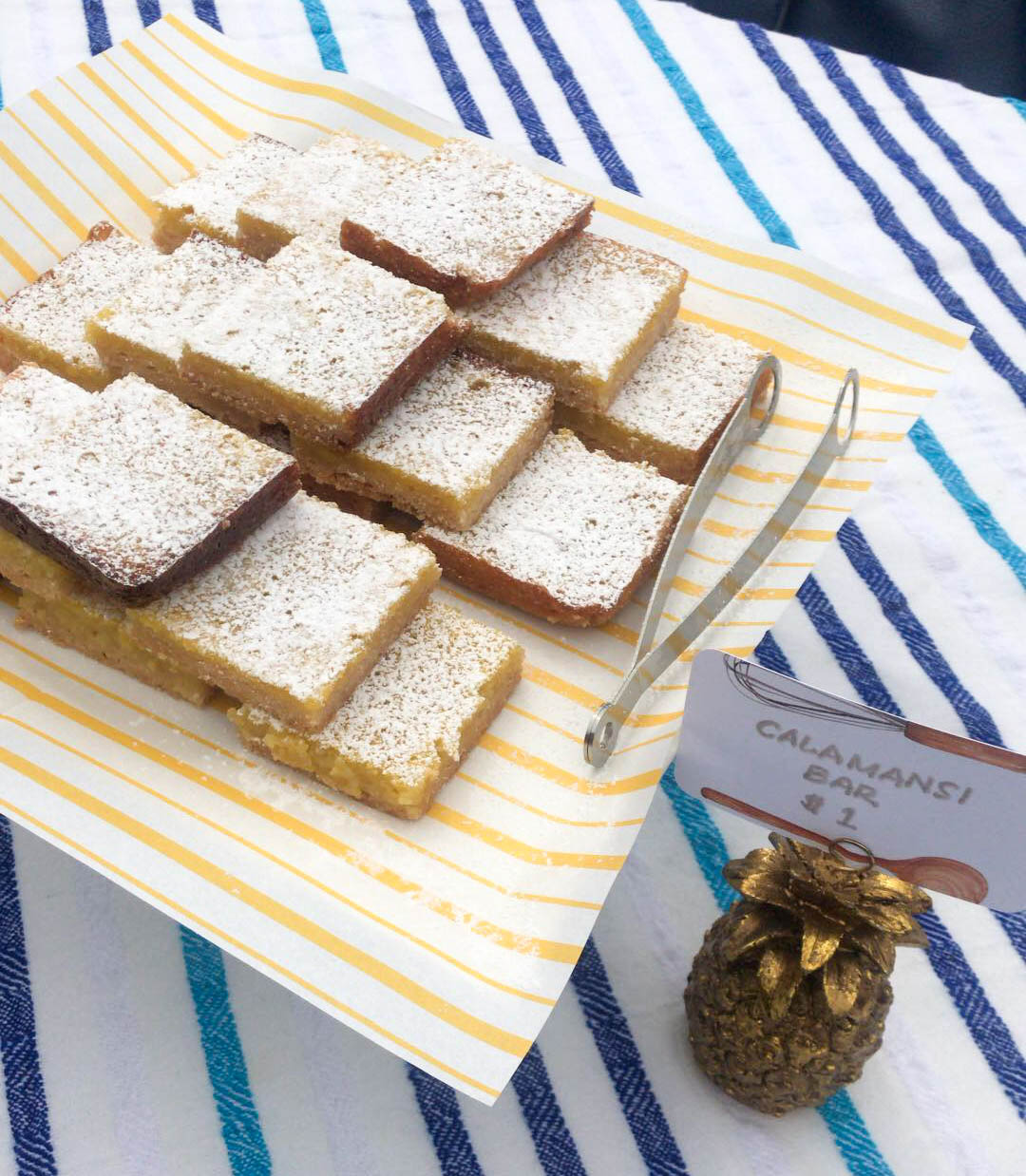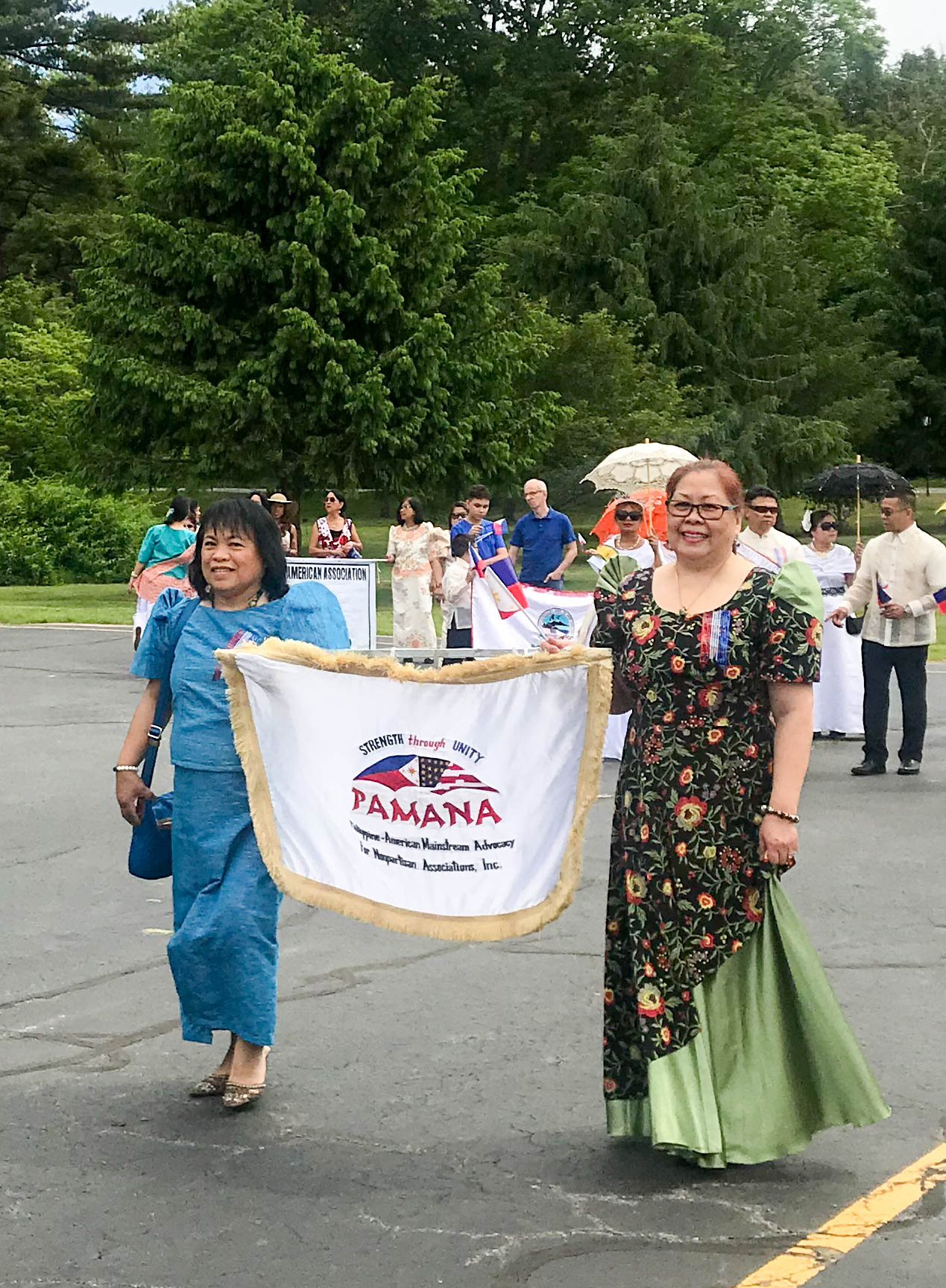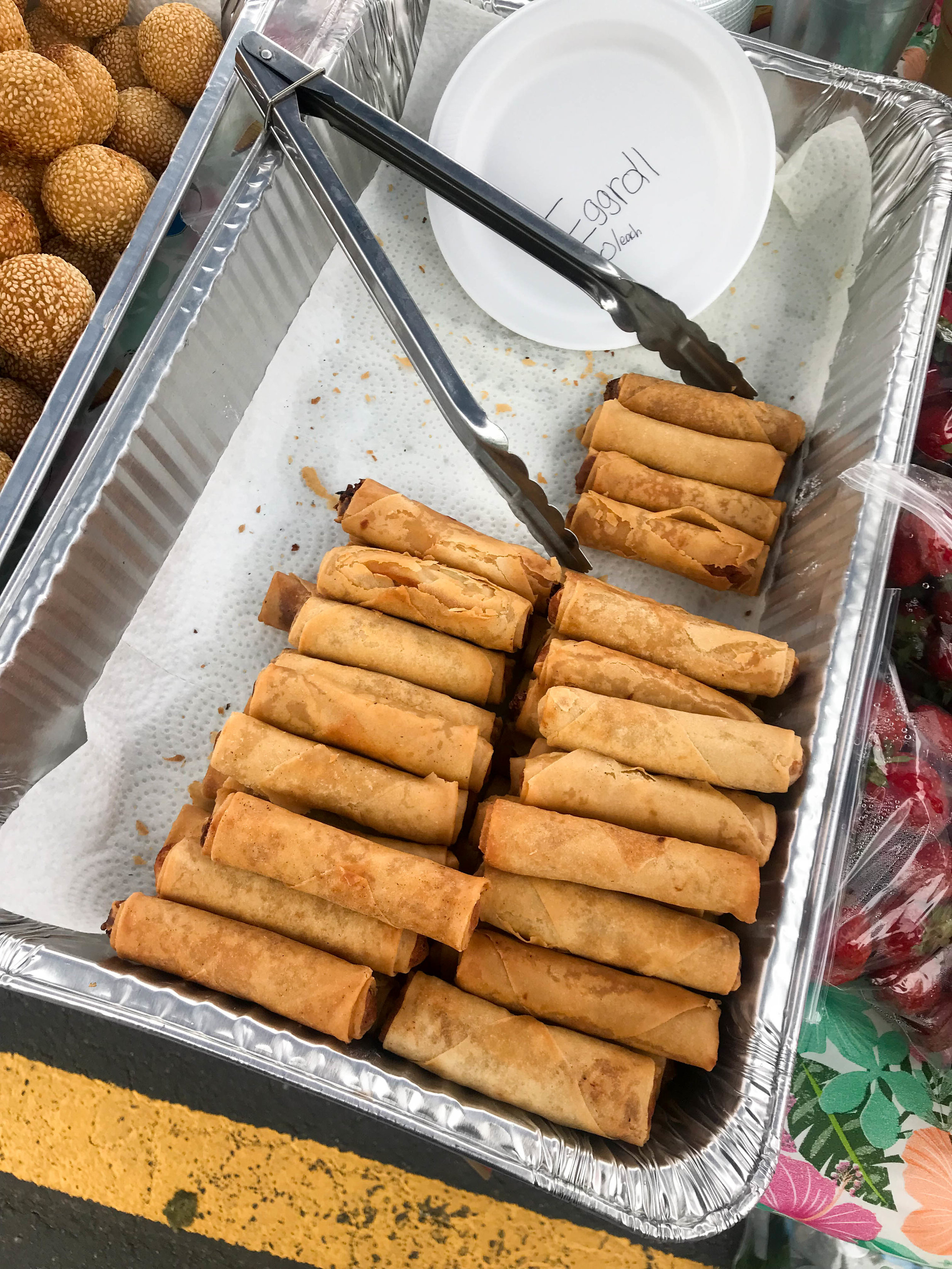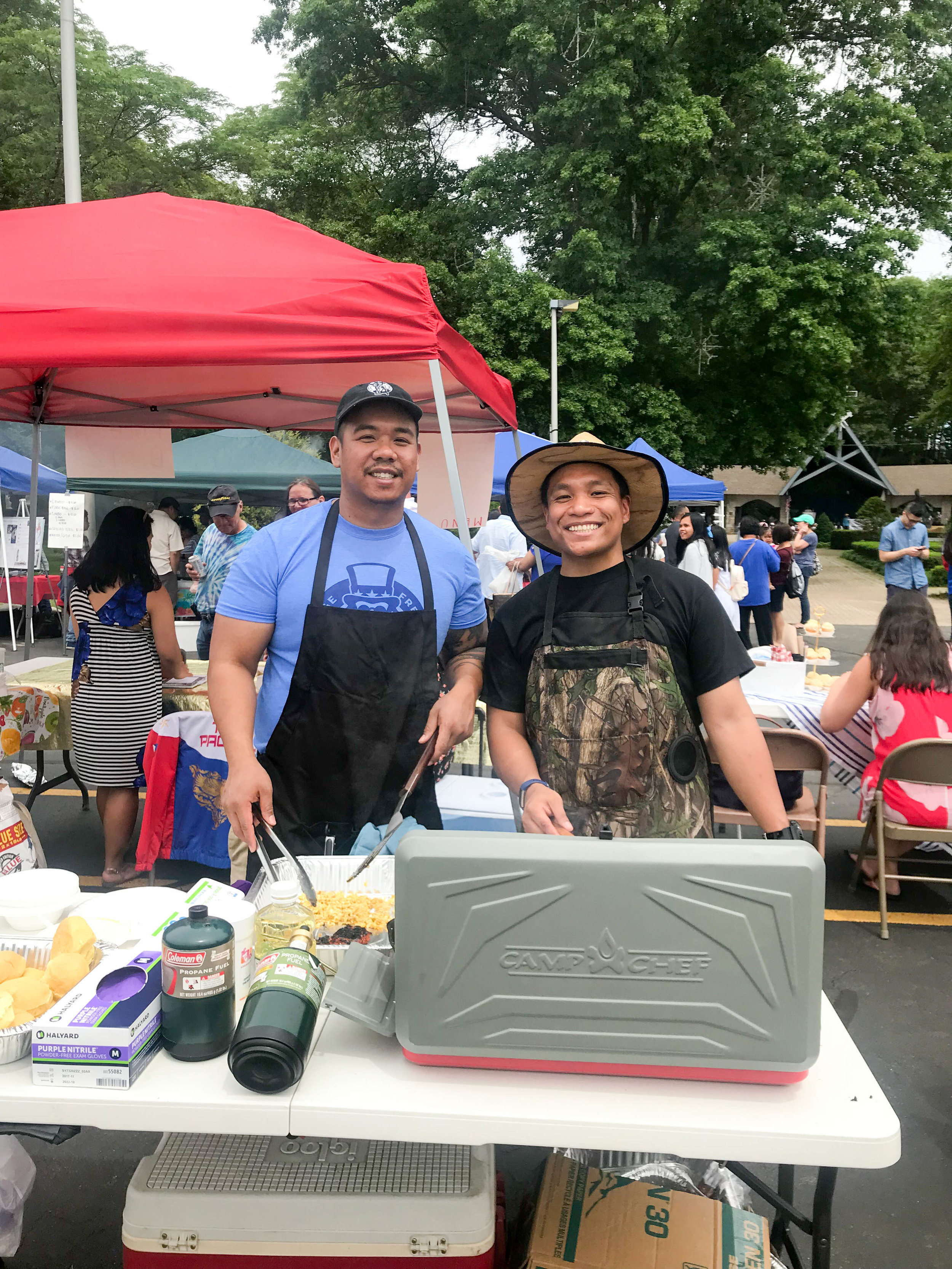By Bianca Garcia
I’ve loved breakfast food for as long as I can remember, and there’s nothing I love more than a Filipino breakfast.
Give me kesong puti (buffalo mozzarella), pan de sal (breakfast rolls), and tsokolate (hot chocolate). Give me sinangag (garlic fried rice) paired with any of our traditional breakfast meats. Any time, any day, and I will be happy.
I love the concept of “-silog” which is an abbreviation of the words sinangag and itlog (egg), essentially fried rice and fried egg, typically served with longganisa (breakfast sausage), tapa (thinly sliced beef sirloin), Spam, or corned beef.
Today I want to share my recipe for corned beef - and I’m not talking about the boiled corned beef with cabbage - but rather, canned corned beef that’s sauteed with potatoes, garlic, onions, and tomatoes. Corned beef that’s served with garlic fried rice and fried eggs. Corned beef that’s been a breakfast staple for many Filipinos like myself.
My husband Matt (who is not Filipino, but has embraced Filipino culture and Filipino food) and I often make corned beef for brunch during the weekends. We stock up on our favorite canned brands (Delimondo from the Philippines, and Palm brand from Asian grocery stores) and always have the rest of the ingredients on hand, so it’s an easy meal to whip up. We usually make garlic fried rice and fried eggs to eat with the corned beef, but sometimes we just do plain rice, sometimes scrambled eggs. Sometimes I don’t have tomatoes, sometimes I have too many potatoes, but it still always turns out delicious.
Filipino Style Corned Beef
1 can corned beef (depending on the brand, cans range from 11 oz to 14 oz)
For this recipe, I used Delimondo Garlic and Chili Corned Beef
2 tablespoons olive oil
2 medium yellow potatoes, peeled and chopped into half-inch cubes
1 small white onion, chopped
2 cloves garlic, minced
1 cup cherry tomatoes, each tomato sliced in half
Salt and pepper to taste
Directions
Heat 1 tablespoon oil in a large pan over medium heat. Add potatoes and cook until softened, stirring to make sure they don’t brown too much, about 7 minutes.
Pour remaining oil and add onions to pan. Saute onions and potatoes, until onions begin to soften, about 5 minutes.
Add garlic to pan, and saute with onions and potatoes until fragrant, about 3 minutes.
Add tomatoes to pan, and cook until tomatoes start to release juices and burst from the skin, about 3-5 minutes.
Add corned beef to pan, and cook until beef is fully heated. Season with salt and pepper.
Increase heat to medium-high and cook corned beef mixture to your desired dryness. (I like getting some crisp and charred bits of corned beef.)






